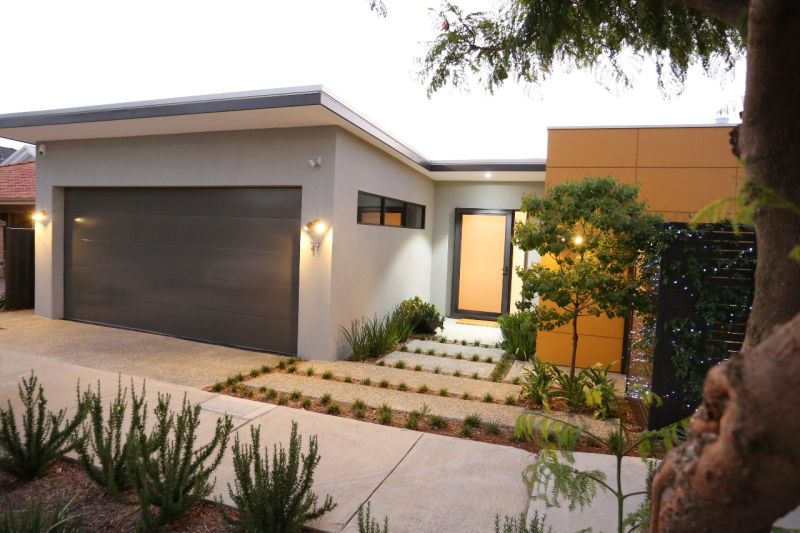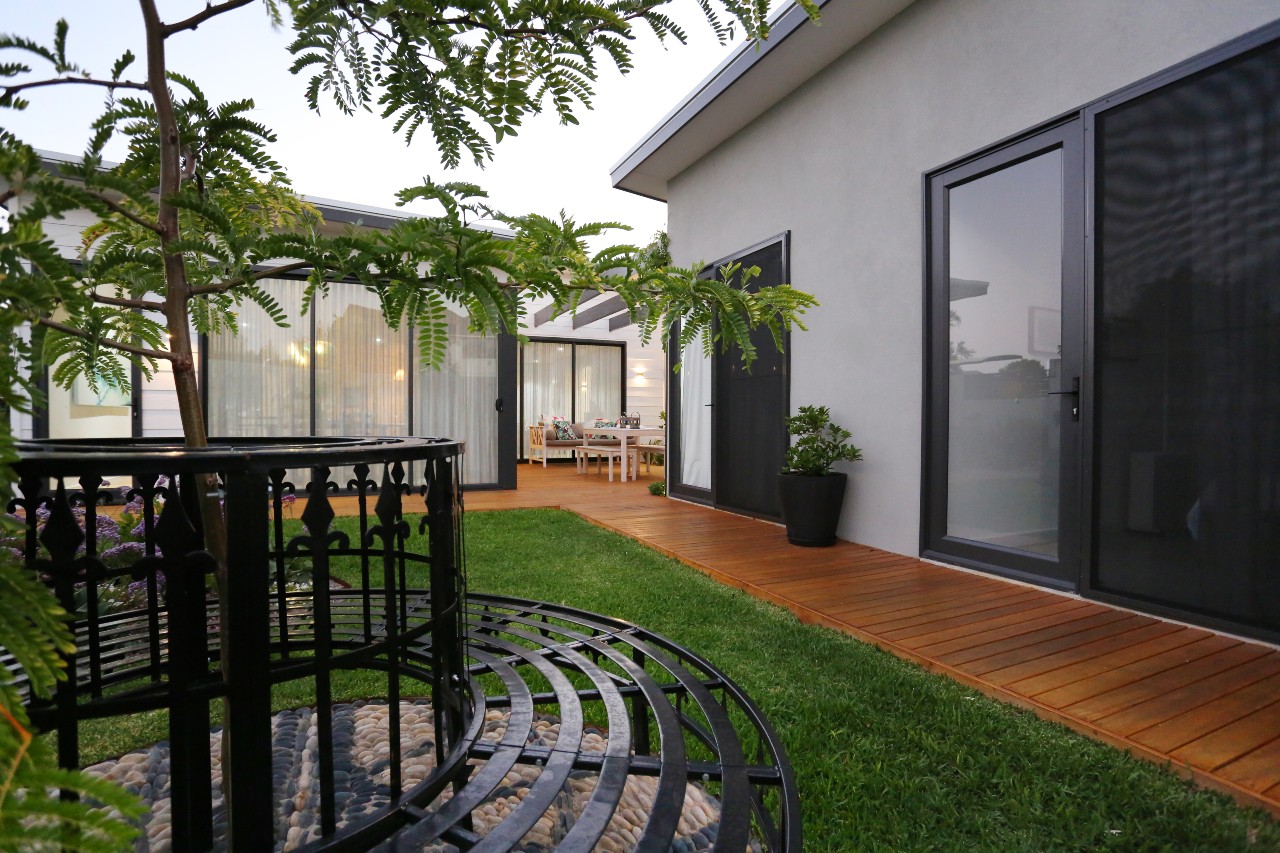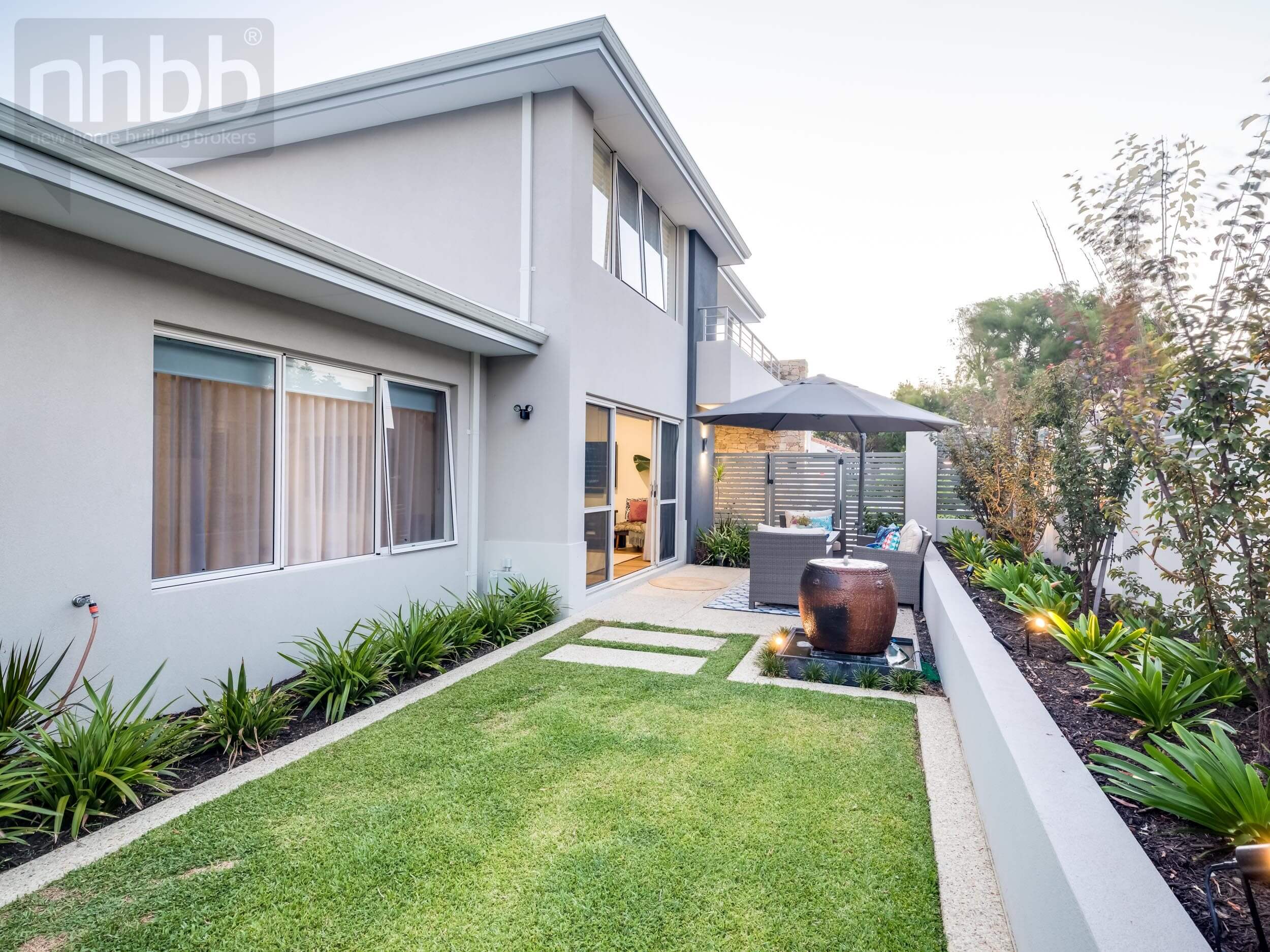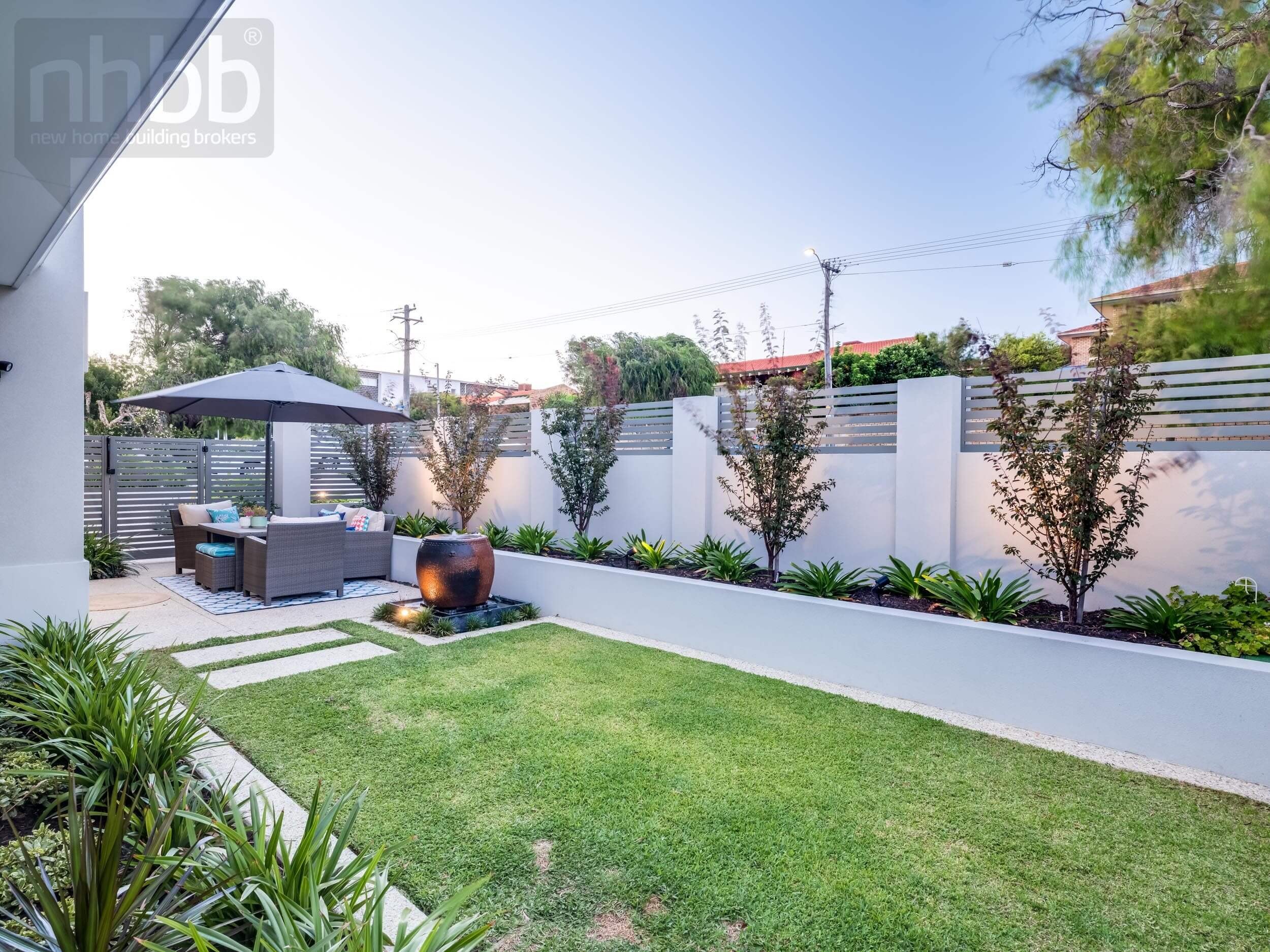How to reduce the risk of Perth storms flooding your new luxury home using landscaping

NHBB knows that proper design for the exterior drainage to your new home has become increasingly important and can be done by designing the surrounding landscape to your home correctly. Have a look at some of our luxury home designs to see the landscaping.
This winter in Perth WA has seen a lot of storms with significant rainfall and sudden downpours which have flooded homes and commercial properties. It's easy to see how an excessive amount of rain can cause a lot of damage to buildings and property. Proper drainage outside your home needs to be considered carefully when it is being designed.
The consequences of flooding are numerous including possible damage to the structure and contents of your home, and it could become uninhabitable without significant repair.
The most important step is to make sure your home has fantastic drainage outside of it so water does not flow into your home when it suddenly starts to rain hard. But it isn’t always just about putting enough drains in.
Here are a few things to think about when designing your landscaping to make your home less likely to flood because of a storm:
1. Create a slope
To protect your property from flooding, the ground should slope away from your home in all directions. This will keep water flowing where it's supposed to be without damaging the house and your possessions in it. This can be done by designing the surrounding landscape around your home to direct water away from it.

2. Add the best possible drainage
Having great drainage is essential to flood prevention. Channel drains are a common form of drainage outdoors that can remove a lot of water quickly. They’re a good choice if your property slopes, or is at ground level or above ground level. They're usually installed on sloped terrain so that rainwater flows away from the house and they provide an alternative for when water cannot flow down slopes. Channel drains can be hidden under grass or concrete paving or left exposed, depending on the location of the drain and what you want to do with it.
Paved driveways can quickly lead to rainwater runoff, which can increase your home’s risk for flooding. A channel drain is a good idea just outside your garage door as it will prevent water from getting into it during a severe downpour. Other landscaping-based drainage solutions exist and can be used instead of this - ask our designers about other solutions that would suit your new home.
3. Minimize hard surfaces in your property
Water will gather on hard surfaces, so minimize these to stop it from collecting and have more surfaces that will absorb the water, or use permeable pavers to let the water go through.

4. Choose the right plants in your landscaping
A key to creating a flood-proof garden and hopefully a flood-proof home is the plants that you put into your landscaping. Always consider plants that are native to Perth and WA. Native plants are the best option for flood control. This is because these native plants are more used to the Perth climate and develop deeper root systems while still being hardy and able to survive almost any Australian weather.
The deep roots of native plants play a massive role in helping to reduce flooding. When rain water sinks into the ground, it follows the paths that these roots have created while they grow, and then the water disperses into the ground. These flood reduction plants with deeper root systems allow the water go deeper into the ground and helps spread the water out, which therefore decreases the flood risk.

5. Use mulch to retain water
Mulch is a great way to retain water which will end up watering your plants for you. It will absorb a large amount of water and stop it from going somewhere else. Using mulch in the garden can prevent water from flowing towards your lovely new home.
Flooding is a serious issue that can affect the safety and value of your home. To avoid this, it's important to consider proper drainage design outside your home when you're designing your home and landscaping as well.
If you have any questions about flood prevention in your new home, don't hesitate to book a discovery meeting where we can answer these and other questions you may have!
What Tristan has to say: 'In the home design phase it’s important that should you have a sloping block you understand the driveway gradience rules for the shire you are building in. What driveway gradience means is, the level of slope in a driveway allowed. Having lots of drains in a driveway can stop any garage getting flooded, many driveways slope towards a garage and this can cause issues in a flash flood.
Always make sure you have at least one course of brickwork into the house from the garage. (So, you step up into a house) In terms of roof styles try and avoid box gutters as much as possible, from experience at some point they will fail. As for garden design, bench and retain as many garden beds as you can, and make sure you take out 100mof the topsoil and builders’ rubble and put in 100mm of clean fill for landscaping.
Each block is different, so contact the team today to find out more that may be suited to you.'
